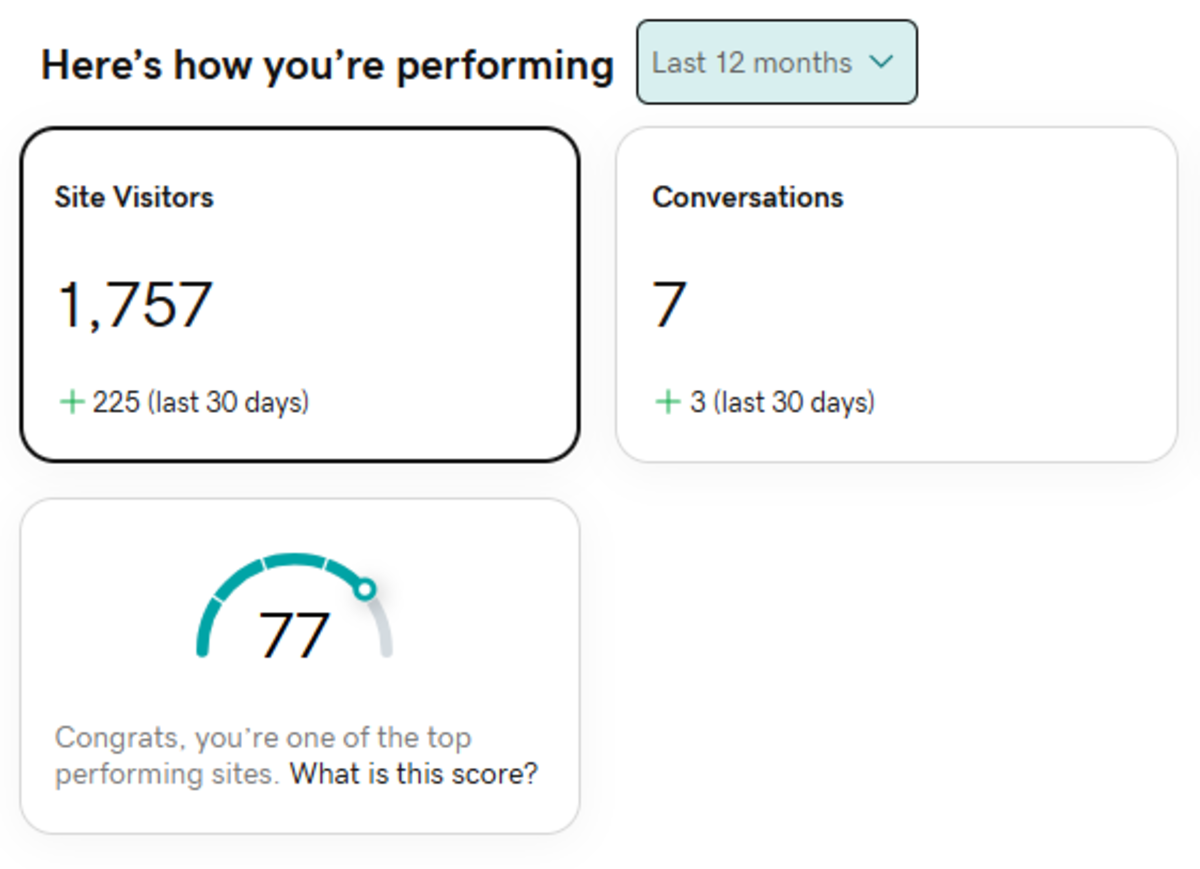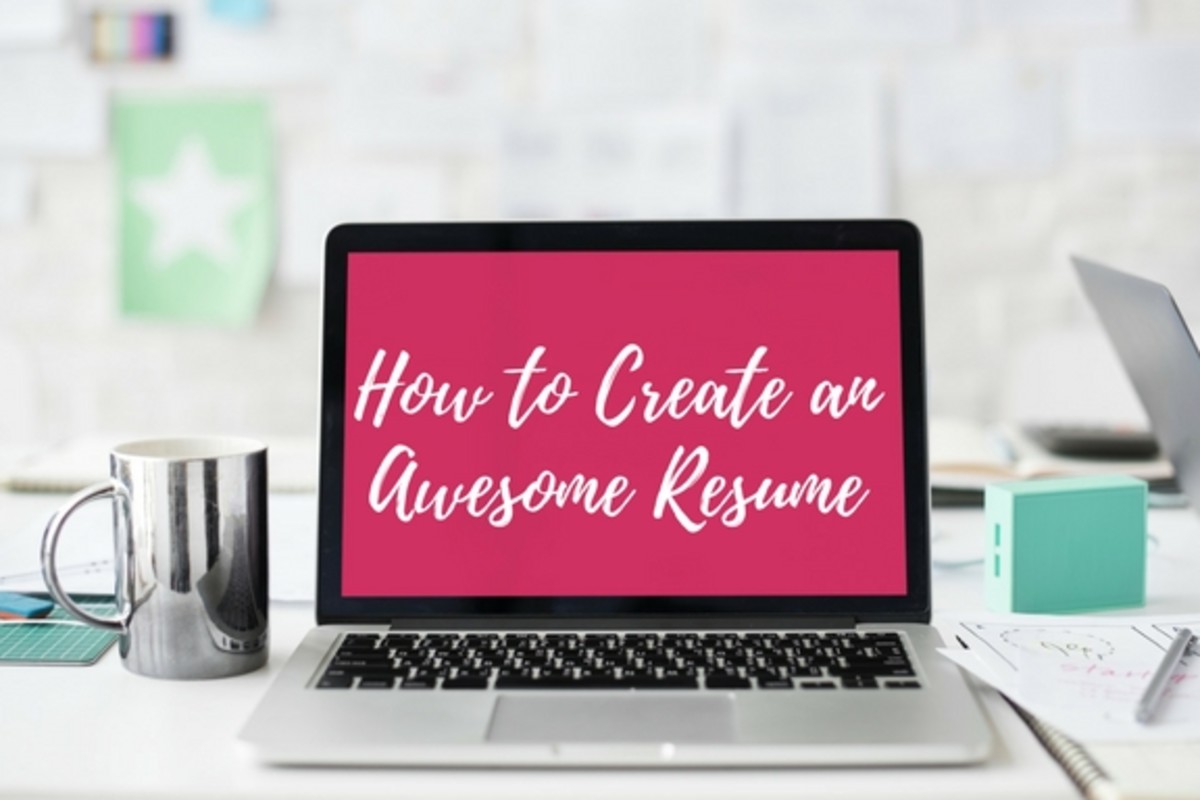How to write a successful job Resume
Writing Resumes
A Resume is a concise but comprehensive written summary of your qualifications including your academic, personal and professional achievements that shows why you are the best candidate for the job. Organizations use resumes to select the candidates for interviews.
You must remember that, when you prepare your resume, all information on it must be accurate and complete. Resumes typically begin with the applicant’s full name and contact details such as traditional mail and e-mail addresses, telephone and fax numbers. A simple statement of career objectives generally appears next, followed by work history and academic data, and then by personal activities and experiences applicable to the job sought. It usually ends with a list of references the employer may contact. If your work experience is limited or irrelevant, then it is a good idea to emphasize your academic and non-academic achievements, showing skills related to those required for excellent job performance.

Generally there are three types of resumes. Chronological resumes which emphasize career growth, are organized in reverse chronological order starting with your most recent job. They mainly focus on job titles within organizations, describing the responsibilities required for each job. Functional resumes focus more on assets and achievements but less on job titles and work history. This format will be the best if your work history is not continuous. Mixed or combined resumes take from each of the other two formats. Here, the skills used for a specific job are listed first, and then the job title is stated. This format works best for applicants whose past jobs are unrelated to the position.
Your local bookstore or library has many books that can assist you in developing your resume. Popular books are ‘The New Perfect Resume’ by Tom Jackson and Ellen Jackson, ‘The Damn Good resume Guide’ by Yana Parker and ‘The resume Handbook’ by Arthur Rosenberg and Davis Hizer. Computer software programs such as ‘WinWay Resume’ provide hundreds of sample resumes and ready-to-use phrases while guiding you through the resume preparation process.






Resume Tips
- Communicate your worth to potential employers in a concrete manner, citing examples whenever possible.
- Be concise and direct
- Use active verbs to show you are a doer.
- Do not skimp on quality or use gimmicks. Spare no expense in presenting a professional resume.
- Customize your resume for specific employers. Emphasize your strengths as they pertain to your targeted job.
- Keep your resume compact, usually one page.
- Format the text to be attractive, professional and readable.

Cover Letter
You should include a cover letter informing the employer that a resume is enclosed. But a cover letter can do something more than this. It can be used to summarize in one or two paragraphs the contents of the resume and explain why you think you are the right person for the position. The cover letter should persuade the employer to look at the more detailed resume. A typical cover letter is organized as follows: (1) the name and position of the person you are contacting: (2) a statement identifying the position you are applying for, how you heard of the vacancy, and the reasons for your interest: (3) a summary of your qualifications for the job: (4) a description of what follow-ups you intend to make, such as phoning in two weeks to see whether the resume has been received: (5) an expression of gratitude for the opportunity of being a candidate for the job.
Letters of Recommendation and other supporting documents
Letters of recommendation are written references by former and current employers and others that testify your character, skills and abilities. A good reference letter tells why you would be an excellent candidate for the position. When you choose someone to write a letter of recommendation, be confident that the person will give you a good reference. You should not assume that the person knows everything about you and the position you are seeking. Therefore, you should provide the person with your resume and other relevant data.
You may also want to attach other relevant documents that support your candidacy such as academic transcripts, graphics, portfolios and samples of writing.
As the old saying goes, “ The resume gets you the interview: the interview gets you the job.”








